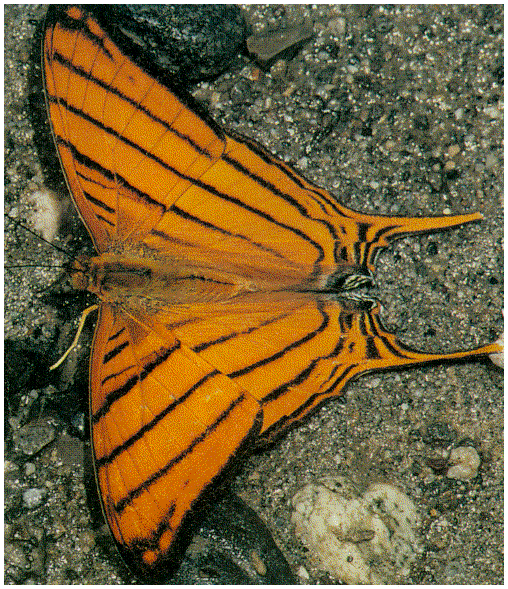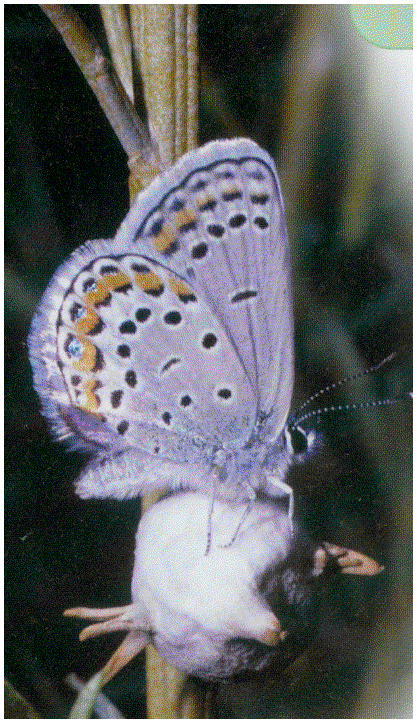From Around the World
Ken Preston-Mafham
(Firefly)

Preston-Mafham tells us that there are 20,000 species of butterflies all over the world, give or take a few thousand, and 500 --- 514 to be exact --- are shown here in photographs, listed neatly by family, along with range, principal food plant, wingspan, and scientific name. The editor explains to us that butterflies come from the superfamily Papilionnoidea.

Unlike Judy Burris and Wayne Richards, Preston-Mafham believes that there is a definite difference between the butterfly and the moth. The forewing and the hind wing are separate in the former, joined in the latter. Antennae, in general, are shorter in moths, but the butterfly excels in two regards. One is setting our hearts aflutter as a Pipevine Swallowtail dips by when we are out in the garden, trimming the pansies. Moths aren't allowed to do that ... their state in life is to fly in your candle and die.
Poems
Robert Pinsky
(Farrar, Straus and Giroux)

- Dollars, dolors. Callings and contrivances. King Zulu. Comus.
Shepardic ju-ju and verses. Voodoo mojo, Special forces.
"Gulf Music" ends, "O try my tra-la-la, ma la belle, mah walla-woe," which may mean something to someone, somewhere, but it's mostly Greek to me.
How the Nazi War Crimes Trials
Changed the Course of History
Norbert Ehrenfreund
(Palgrave)
- The most important thing about Nuremberg is that it created the record of Nazi aggression and inhumanity, and set precedents that changed the world.
Ehrenfreund finds echoes of these trials in such far-off places as Burma, 1990s Rwanda and 21st Century Cambodia, but they strike closer to home. They "increased American sensitivity to racial injustice and to other endemic infringements of civil liberties."
- Pictures of southern sheriffs attacking peaceful civil rights protesters bear an undeniable resemblance to pictures of SS troopers attacking Jews.
The author came of age at Nuremberg. He was a reporter and copy editor for the Army newspaper Stars and Stripes during the course of the trials. Before Nuremberg, he reports, "it was inconceivable that one could be charged with, much less hanged for, "merely following orders."
Ehrenfreund, a California judge for most of his life, can get bogged down on legalisms. Such as ex post facto. But he is adept in reporting history , and brings the trials --- and their sequelae --- to life.